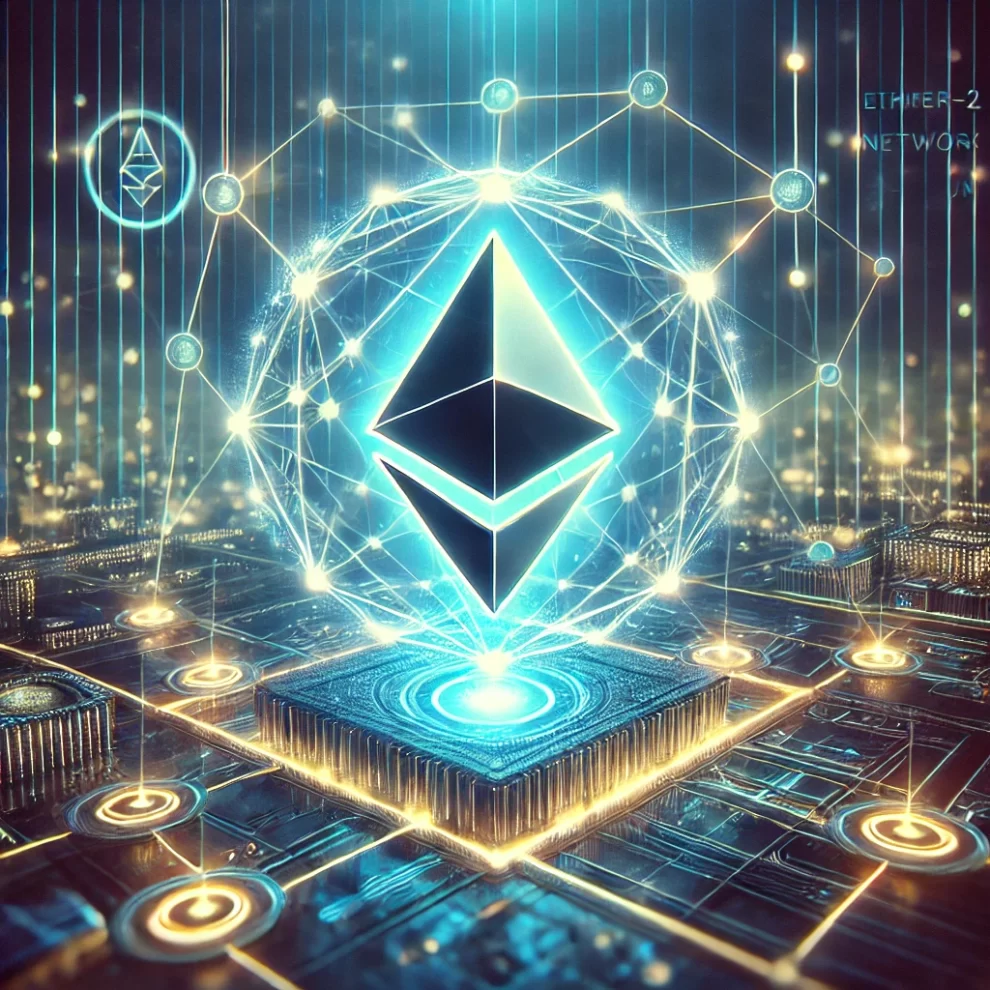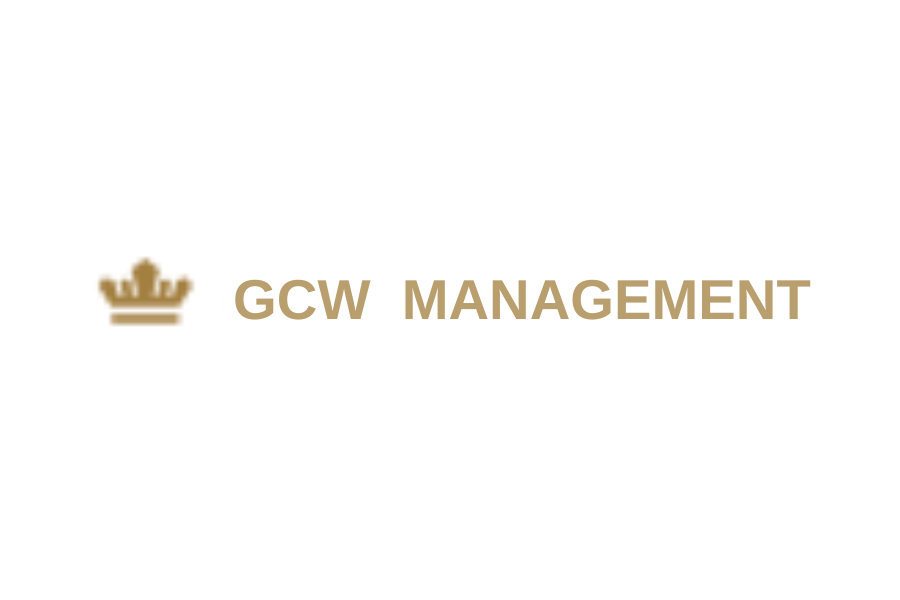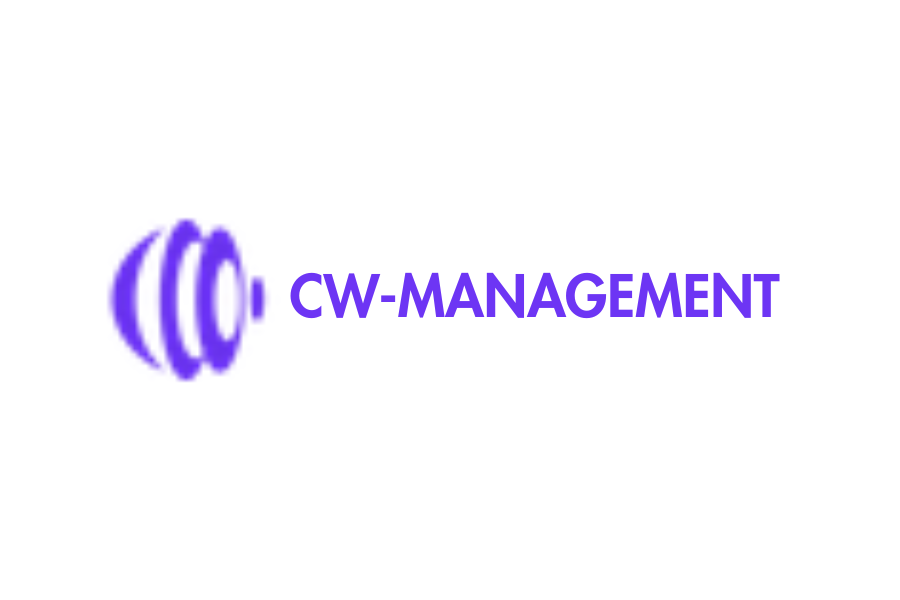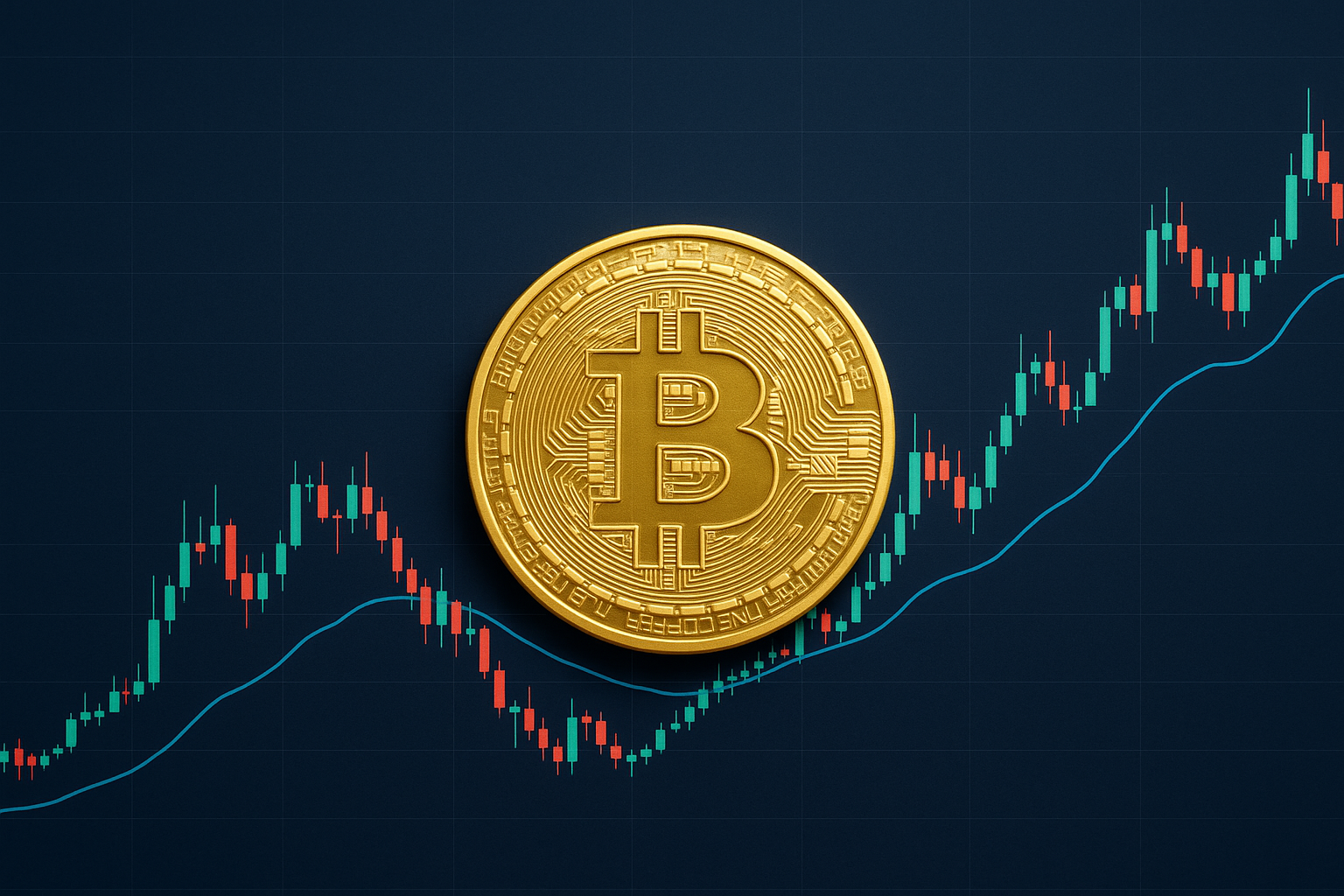Introduction
In the rapidly evolving world of blockchain technology, innovation is key to staying relevant. Sony, known globally for its cutting-edge technological advancements, is now making significant strides in the blockchain space. By launching a testnet for its Ethereum Layer-2 blockchain, Sony is positioning itself as a major player in the decentralized technology ecosystem. The move is bolstered by attractive incentives designed to encourage developers to build on the platform, aiming to expand its influence and foster a thriving blockchain community.
Sony’s Foray Into Blockchain: A Strategic Move
Sony’s entry into blockchain is not entirely surprising. As a technology company, Sony has long been at the forefront of innovation, whether through its PlayStation gaming consoles, consumer electronics, or ventures into artificial intelligence. With blockchain reshaping industries from finance to entertainment, Sony’s pivot into Ethereum Layer-2 technology represents a calculated expansion into decentralized applications (dApps) and Web3 technologies.
Ethereum Layer-2 solutions are designed to address Ethereum’s scalability issues, a challenge the blockchain community has been grappling with for years. As Ethereum remains the leading blockchain for decentralized applications and smart contracts, Layer-2 solutions are essential to scaling its capabilities, reducing transaction fees, and increasing transaction speed. Sony’s involvement indicates a commitment to pushing the boundaries of what blockchain technology can achieve, particularly in enhancing the user experience by improving network efficiency.
Understanding Ethereum Layer-2 Technology
To understand the significance of Sony’s blockchain project, it is important to grasp the concept of Layer-2 technology. Ethereum, while powerful and widely used, has limitations, especially in handling high volumes of transactions efficiently. Layer-2 solutions are built on top of the Ethereum network, aiming to take the load off the main blockchain (Layer-1) by processing transactions separately and then bundling them back into the Ethereum mainnet.
This reduces the congestion on the main blockchain and offers faster, cheaper transactions without sacrificing security. Layer-2 solutions like rollups, state channels, and side chains are integral to the future of Ethereum, making the network more accessible for widespread adoption.
The Testnet Launch: A Major Milestone
Sony’s testnet launch is a critical step in its blockchain development roadmap. A testnet is essentially a sandbox environment that allows developers to experiment with new features, applications, and infrastructure without the risks associated with a live blockchain. By launching a testnet, Sony enables developers to test the performance, scalability, and security of their applications on its Layer-2 platform before moving to a live environment.
The testnet provides developers with the tools they need to assess how their dApps will function in real-world conditions, ensuring any bugs or performance issues can be ironed out before a full-scale launch. Sony’s decision to launch a testnet at this stage reflects its commitment to building a robust and reliable blockchain platform, one that can handle the demands of a growing decentralized ecosystem.
Developer Incentives: Fueling Ecosystem Growth
Alongside the testnet launch, Sony is offering compelling incentives to developers, a strategy aimed at building a thriving ecosystem on its blockchain platform. Developer incentives are a common practice in blockchain, as they encourage talented programmers to build on the platform, contributing to its growth and innovation.
Sony’s incentive program includes grants, token rewards, and access to exclusive development tools and resources. This financial and technical support is designed to lower the barrier to entry for developers, making it easier for them to experiment with the platform and create groundbreaking dApps. The more developers that join and build on Sony’s Layer-2 solution, the more robust and diverse its ecosystem will become, attracting even more users and applications in the process.
Potential Use Cases And Applications
The potential applications of Sony’s Ethereum Layer-2 blockchain are vast. While the testnet is primarily focused on technical performance, the long-term vision for the platform includes a variety of decentralized applications. From decentralized finance (DeFi) solutions to non-fungible tokens (NFTs) and decentralized gaming platforms, Sony’s blockchain could have a significant impact across multiple industries.
Gaming: Given Sony’s dominance in the gaming industry with its PlayStation consoles, it’s plausible that Sony may leverage blockchain technology for decentralized gaming platforms or in-game assets. NFTs, which are already making waves in the gaming industry, could become a significant focus for Sony, offering players the ability to truly own and trade in-game assets.
Entertainment and Digital Media: Sony could also use blockchain to revolutionize how digital media is consumed and distributed. Blockchain could allow artists, musicians, and content creators to tokenize their work, giving them direct control over royalties and distribution without the need for intermediaries.
Supply Chain and Logistics: Beyond entertainment, blockchain technology could be used to streamline and secure supply chains, particularly for Sony’s vast array of consumer electronics. Blockchain’s transparency and immutability can ensure product authenticity and traceability, reducing counterfeit goods and improving customer trust.
The Future Of Sony’s Blockchain Project
While Sony’s testnet launch and developer incentives mark the beginning of its blockchain journey, the company’s long-term vision is likely much more expansive. By integrating blockchain technology into its existing portfolio of products and services, Sony could become a significant player in the decentralized world.
The success of Ethereum Layer-2 solutions will play a key role in the adoption of blockchain technology by the masses. As Layer-2 solutions make blockchain more scalable and affordable, more industries will likely integrate decentralized solutions into their operations. Sony’s strategic move into this space could set the stage for a future where blockchain technology underpins everything from entertainment and gaming to supply chains and financial services.
Challenges Ahead
However, like any emerging technology, there are challenges. Blockchain still faces regulatory scrutiny, particularly in regions like the United States and Europe. Sony will need to navigate these regulatory hurdles while ensuring that its platform adheres to global compliance standards. Additionally, while Layer-2 solutions address scalability, the overall blockchain space still needs to tackle issues like interoperability and energy consumption, which could affect long-term adoption.
Nevertheless, Sony’s commitment to innovation and its proven track record in leading technological advancements place it in a strong position to overcome these challenges.
Conclusion
Sony’s Ethereum Layer-2 testnet launch and developer incentive program represent a significant leap forward in the company’s blockchain ambitions. With a clear focus on scalability, security, and ecosystem growth, Sony is positioning itself at the forefront of blockchain innovation. As the testnet progresses and more developers join the platform, the future looks promising for Sony’s decentralized initiatives.













